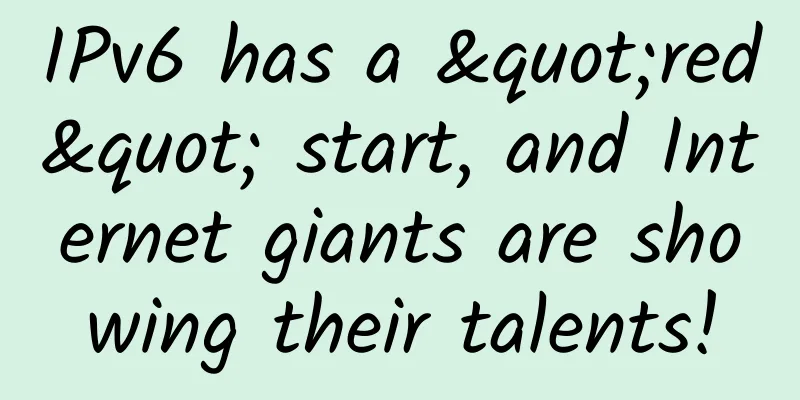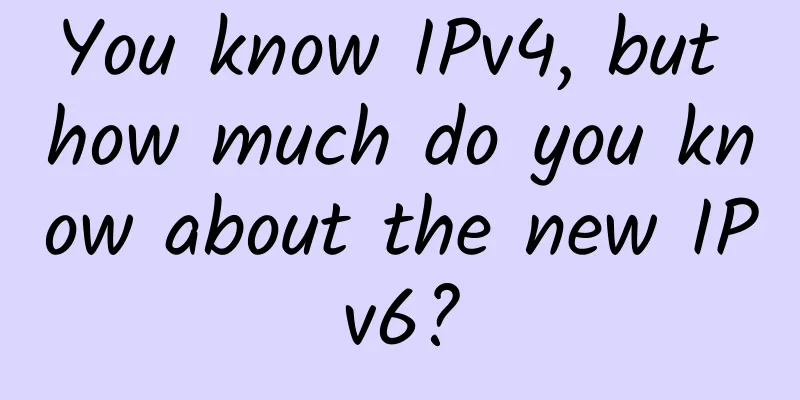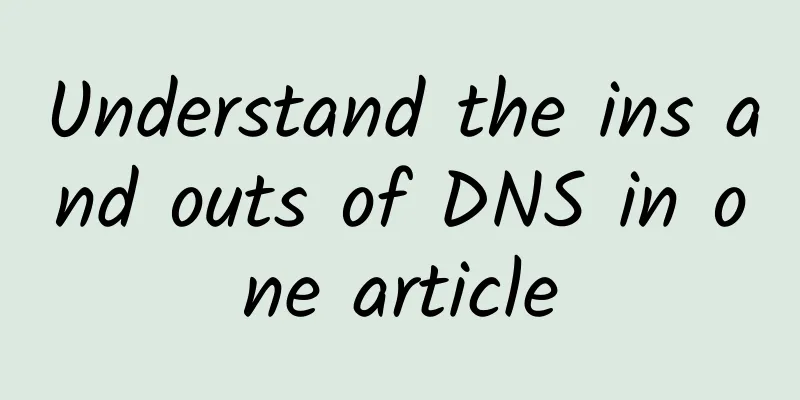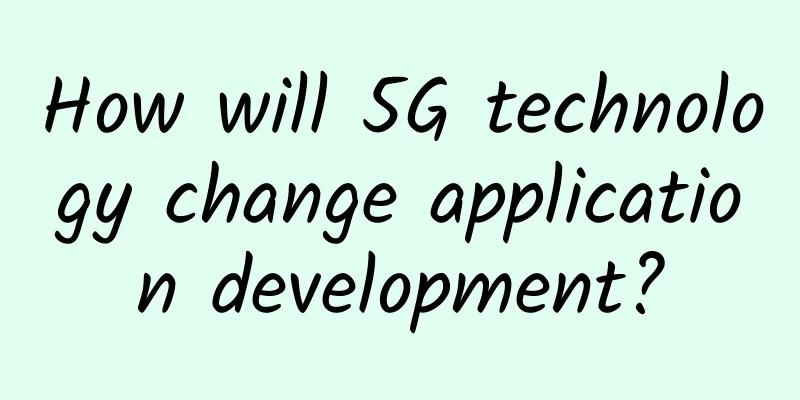|
On October 22, the RTE2021 Real-time Internet Conference hosted by Agora officially opened. In the Product Channel on the afternoon of the 22nd, Agora released a new live broadcast product "Integrated CDN Live Broadcast", which means that Agora can integrate all live broadcast needs of all latency levels through one SDK. Agora Crystal Ball 3.0 and Huanxin's "Global Message Cloud" were also released on site, further expanding the boundaries of RTE products. The new cloud market also provides Agora with more domestic and foreign third-party application plug-ins to build the RTE real-time Internet ecosystem, and developers can reduce 95% of the time by integrating plug-ins. Integrated CDN live broadcast provides CDN live broadcast service with a freeze rate of less than 1% and transparent quality
In live broadcast scenarios, live broadcast platforms often use RTC and CDN services at the same time. When the anchor and the user are connected to the microphone, the microphone part will use the RTC service to ensure low-latency real-time interaction. RTC will then forward the live broadcast content to CDN, and the audience who are not connected to the microphone will still get the live content from CDN. Although this live broadcast architecture is mature, it does not mean it is perfect. Li Zhijie, a live broadcast product expert at Agora, said on the spot that Agora found that customers often feedback many problems in the process of communicating with customers, which can be generally summarized into three core pain points:
1. It is difficult to develop multiple SDKs in multiple scenarios. When developers use CDN live broadcast or need to switch between RTC and CDN, in addition to the RTC SDK, they also need streaming SDK, playback SDK, beauty SDK, etc. These SDKs need to be used in conjunction with each other. Timing problems and interface docking problems are prone to occur during integration, which is very difficult for developers.
2. It is difficult to optimize the CDN stuttering rate. Instability in any link of CDN streaming, receiving, transmission, and distribution will cause terminal playback to stutter. Although various CDN manufacturers have been optimizing the stuttering rate, the industry average level is still far behind the optimization results of the industry's leading manufacturers.
3. It is difficult to query and locate live broadcast problems. During live broadcast, when users report freezes, the problem may occur in the CDN or on the user side. Developers need to obtain the quality of the push stream from the CDN, or consult the user's network conditions, and confirm with the CDN whether there is a problem with the node. Problem locating will be a very lengthy process.
"In the field of real-time audio and video, Agora has a single-channel SDK capability of millions of concurrent calls, and has accumulated industry-leading end-to-end freeze rate optimization experience. In some mature scenarios, it has even achieved a freeze rate as low as 0.4%. In terms of problem location, every year, developers can independently locate more than one million network, transmission, and integration-related problems through the Agora Crystal Ball. We have been thinking about whether the experience and capabilities accumulated by Agora in the field of real-time audio and video can be used in CDN live broadcast to improve some problems. In this regard, after more than half a year of polishing with customers, Agora officially launched an innovative integrated CDN live broadcast product that can effectively solve the three core pain points in the CDN live broadcast architecture." said Li Zhijie.
The integrated CDN live broadcast is built on the leading network scheduling technology and practical experience of SoundNet in the field of real-time audio and video. SD-RTN™ is responsible for core data forwarding, and third-party CDN is preferred for content distribution. Based on the stable and reliable transmission capability between any points in the world of SD-RTN™, cross-region dynamic acceleration is performed to ensure high-quality transmission in cross-region, cross-national, and cross-operator scenarios. At the same time, through the real-time terminal + cloud intelligent scheduling system, combined with real-time feedback from the user end and real-time calculation of the cloud scheduling center, better coverage and intelligent switching between CDN nodes are achieved. [[430639]] Agora's CDN-integrated live streaming has three core advantages: 1. Super smooth experience, with a freeze rate of less than 1%. It provides a better quality playback path through innovative intelligent real-time terminal + cloud scheduling strategies. It supports terminals to adaptively switch between multiple transmission protocols, multiple bit rates, and multiple service nodes according to network conditions. It supports cross-region dynamic acceleration to ensure the quality of media streams across regions and countries.
2. All-in-one, an SDK that meets all-scenario live broadcasting needs. It integrates real-time audio and video, streaming, playback and other functions, and provides full-scenario live broadcasting solutions including ultra-low latency live broadcasting, low latency live broadcasting and standard CDN live broadcasting. It deeply optimizes various RTC and CDN switching scenarios to achieve seamless switching between RTC and CDN services. Third-party service plug-ins are used to further optimize the developer access process.
3. Full-link quality transparency: The SoundNet Crystal Ball provides full-link real-time quality data, covering the quality and status of all streaming, playback, and media transmission. This helps developers fully understand business trends, quickly locate the root cause of problems, and provide intelligent decision-making for business development.
Crystal Ball 3.0 is launched for real-time monitoring and alarm notification
The essence of real-time interaction is a service, and users have extremely strict requirements for the quality of experience. This requires us to grasp the changes and trends in the quality of user experience in real time, and to quickly discover problems and root causes. Therefore, in 2018, Agora launched the real-time audio and video quality monitoring and analysis product "Crystal Ball". In the 1.0 and 2.0 versions of Crystal Ball, call investigation and data insight functions were launched one after another. Currently, there are more than 3,000 manufacturers using Crystal Ball, and the number of cases solved has exceeded 2 million, improving the problem-solving efficiency by more than 70%. This time, Crystal Ball 3.0 has added "real-time monitoring" and "alarm notification" functions on the basis of call investigation and data insight functions.
Real-time monitoring: Through ultra-low latency real-time data and visual real-time monitoring, developers can understand the project operation status in real time and promptly discover and handle business anomalies.
Alarm notification: In the real-time monitoring page of Crystal Ball 3.0, the alarm module will display the latest three alarms in the past three hours. Users can customize alarm rules and alarm methods according to their needs.
Zhou Qi, a data product expert at Agora, said that Crystal Ball 3.0 has realized a functional closed loop from active monitoring of usage and quality data, real-time alarms for abnormal problems, investigation and analysis of call details to historical data retrospective insights. Developers can not only actively monitor overall usage and quality, set real-time alarms, but also go deep into channel details and investigate the root causes of problems when users encounter problems. They can also trace back the usage and quality data of the project at any time and generate periodic reports for analysis.
HuanXin launches new ecological global message cloud
In the process of real-time interaction, real-time audio and video and IM text messages are very critical functions. In January of this year, Agora officially acquired HuanXin, adding IM, a key product capability, to the RTE product portfolio. In this Product Channel, HuanXin also released the "Global Message Cloud".
Zhao Guibin explained in detail the core new product matrix of HuanXin Global Messaging Cloud, including: new platform - HuanXin IM5.0, new products - HuanXin instant push and HuanXin MQTT messaging cloud. As the pioneer of the domestic instant messaging cloud industry, HuanXin has evolved from IM1.0 launched in 2014 to IM5.0. The new platform IM5.0 includes five major features: better usability, more platform support, more stable, more secure, and global interoperability.
Huanxin instant push has the characteristics of low latency (500ms), high delivery (99.9%), high concurrency (200,000), etc., covering 5 core scenarios: system message notification, event promotion marketing, operation promotion push, social interaction notification, and content subscription push. MQTT Message Cloud is a general message service for connecting devices to devices newly launched by Huanxin in the era of the Internet of Everything. It supports lightweight message transmission protocols, supports millions of connections on a single machine, access to tens of millions of devices, message sending and receiving, offline message storage and other general message transmission functions. Currently, it supports 5 major scenarios including: online application notification, multi-terminal real-time interaction, real-time data stream transmission, real-time location tracking, and smart device management.
Building the cornerstone of global real-time interactive cloud services - Agora RTE security and compliance construction
Global privacy, security and compliance supervision is becoming increasingly stringent and has become the foundation of real-time interactive business. Zhu Lu, head of Agora security, also introduced Agora's security and privacy compliance capabilities on site:
Covering global regulatory requirements and enabling customers to improve their compliance capabilities: After the EU introduced GDPR in 2018, countries around the world have successively introduced their own privacy laws, and global regulation has generally become more stringent. Agora helps customers in different industries in various countries meet differentiated regulatory requirements through compliance capability output, including the US California Consumer Privacy Act (CCPA), the Health Insurance Portability and Accountability Act (HIPAA), and the Children's Online Privacy Protection Act (COPPA) in addition to GDPR.
Based on best practices, a comprehensive privacy protection system has been established: Based on the internationally advanced ISO27701 standard and best practices, Agora has established a privacy information management system (PIMS) that can be implemented and continuously optimized. By building the basis and minimization of personal information collection and processing, and identifying risks in personal information collection and processing, we have formed privacy operation indicators, continuously operated privacy compliance, and empowered customers.
The most comprehensive security certification scope in the industry: Agora has completed ISO 27001, ISO 27701, ISO 27017, ISO 27018 and other information security and privacy protection system certifications, and the Ministry of Public Security's Level 2.0 protection level 3; and obtained SOC2 Type I and SOC2 Type II service attestation reports issued by third-party professional organizations. Combined with Agora's actual situation, it has achieved the highest level of privacy compliance and security management in the industry.
In addition, Agora has also formed a security team of more than 20 people, all members of which have many years of compliance and security construction experience to fully support the construction of Agora's security and compliance capabilities.
New cloud market reduces the time it takes for developers to integrate third-party plug-ins by 95%
Bo Wen, head of the product of the Agora Cloud Market, said that the new plug-in platform of the Agora Cloud Market has realized a one-stop developer self-service system, including selection, price comparison, integration, account connection and purchase, turning N things into one thing. Developers can quickly integrate various third-party plug-ins in real-time interactive application scenarios in application development, and the integration time has been shortened from 2 months to 2 days, which has improved the efficiency by more than 95%. In the new cloud market of the Agora Cloud, developers will also use third-party plug-ins provided by overseas cloud markets, such as Bose, Voicemod, Banuba and Hive, etc. Bose's PinPoint™ noise reduction program can help users reduce background sound and noise, and the extension program can support all headphone hardware. Hive provides a first-class visual content review API, which can monitor various content that makes users feel uncomfortable in real time. These will facilitate the overseas development of real-time interactive applications of domestic developers.
For partners who provide third-party plug-ins, the new cloud market has also effectively shortened the time for plug-in access. For example, the integration of the "AI Beauty" plug-in from Xiangxin Technology with Agora took three months, but now it only took six days through the new standard authentication, metering and billing interface and plug-in access method, improving efficiency by more than 90%.
In August and September of this year, Agora released the full-link acceleration product FPA and the "Online Karaoke Room Solution" to help developers solve copyright pain points. These two annual products were also unveiled in this Product Channel. As the RTE industry enters a period of explosive growth, the demand for online real-time interaction is continuing to grow. In the future, Agora will continue to expand the boundaries of RTE products and further improve the basic capabilities and expansion capabilities of real-time interaction to meet the diverse innovation needs of developers and customers.
|










